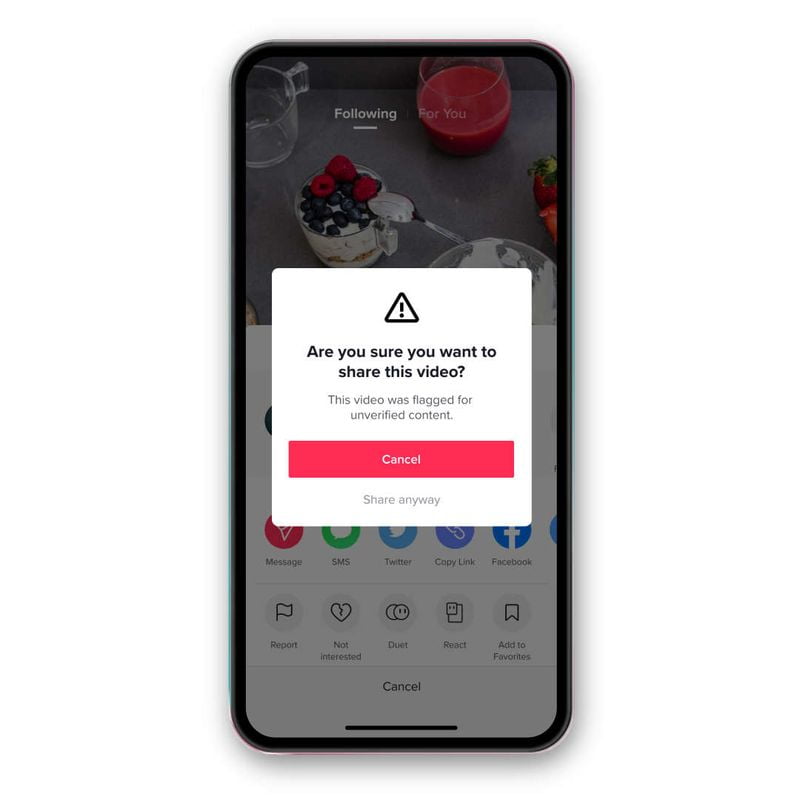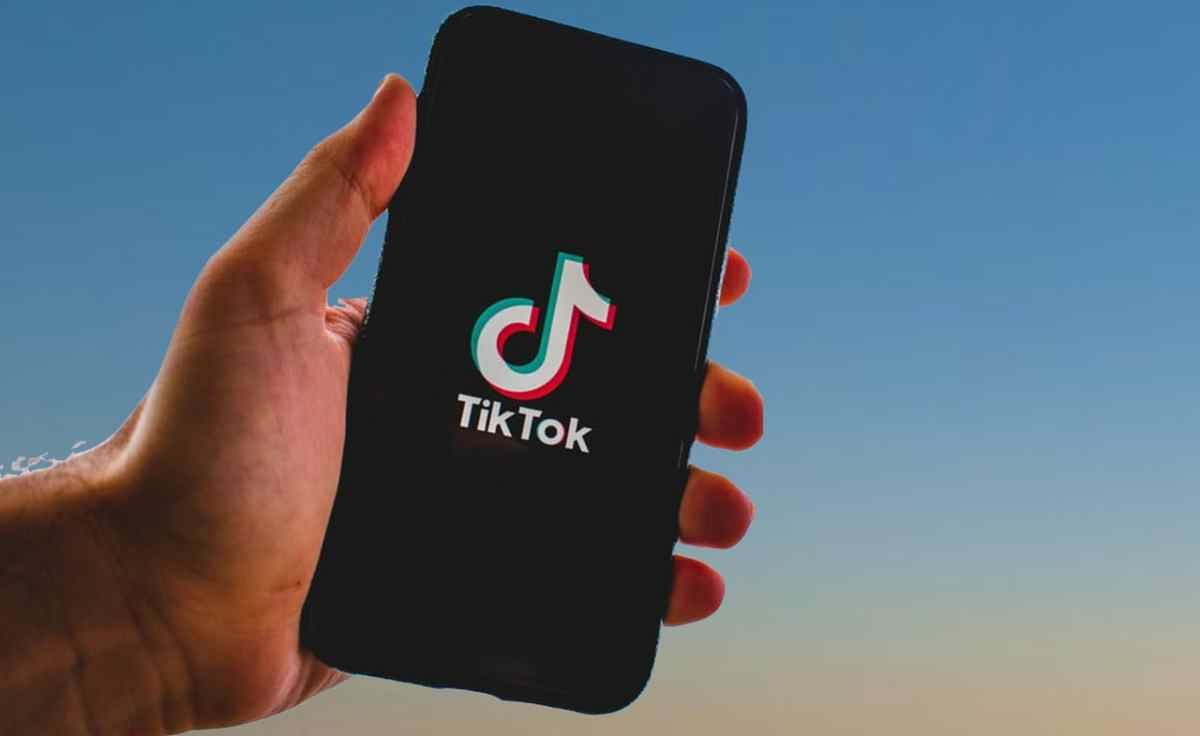Tiktok unveils a strategy to combat fake news. As a social network grows, the flow of content circulating on it increases. This is the current situation of TikTok, a platform that amid a process of sustained growth, established a mechanism to help filter part of the publications that could contain altered or inaccurate data.
Disinformation is a challenge for all mass-use social networks, as it is now a problem for both their developers and their user community. ByteDance’s flagship platform presented its response to this problem.
Data verification comes to TikTok
Whenever “unfounded content” is shared on TikTok, the platform will start displaying warnings on screen. For this, the social network has PolitiFact, Lead Stories, and SciVerify as data verification partners.

This initiative was devised and implemented together with Irrational Labs, a behavioral science laboratory, an organization with which they had previously worked on other media literacy initiatives, such as the “Be informed” series of educational videos, produced in partnership with the National Media Literacy Education Association. Through those videos, they explain the difference between facts and opinions, how to analyze graphics, understand sources, and reflect on whether content should be shared.
Especially in today’s times, properly mastering basic techniques for sharing quality news information contributes to building a safer and more welcoming community for everyone in general.
It is up to each user to heed the warnings or simply not to do so. The display of these warnings is no more than a mere notification, nor will it definitively restrict the right to make publications. If unsubstantiated content is shared, an ethically questionable act, this measure shifts more of the responsibility to the users.
The announcement of this initiative was issued through a press release. Gina Hernandez, Product Manager of TikTok, along with this announcement stated that “we love that the creativity of our community encourages people to share TikTok videos with others who may enjoy them, both within our platform and beyond, but we have designed this feature to help our users be mindful of what they share. When we tested this approach we saw viewers decrease the rate at which they shared videos by 24%, while “likes” on this unsubstantiated content also decreased by 7%.”
The rollout of this program began in the U.S. and Canada, with global expansion projected in the coming weeks.





